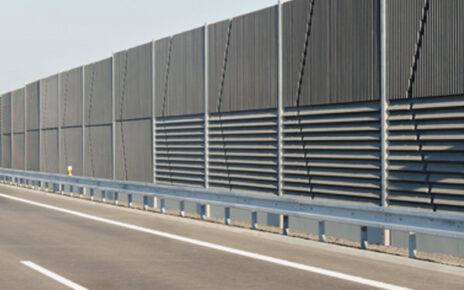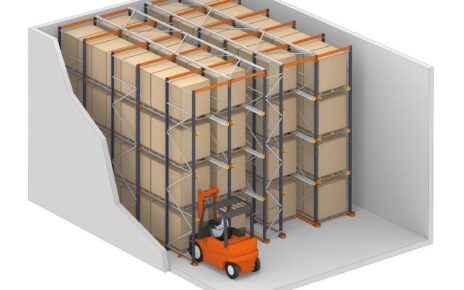When the volume of product produced by a firm changes, so do the costs associated with that product, and this variation is what we mean when we talk about variable costs. These adjustments might be necessary due to unexpectedly high demand, a shortage of necessary resources, or the necessity to rent specialised equipment to complete an order. Keeping an eye on variable costs might help you determine whether an audit of processes and suppliers is warranted.
Please tell me how to calculate the variable costs.
Summing up all of the variable expenses may seem like the simplest approach to calculate variable costs, but in reality, it’s not always that straightforward. As an example, if the amount of energy used fluctuates from month to month, the utility bill will also shift accordingly. This means that although the fixed cost of the energy bill may be $70 in a month when business is sluggish, it may be $70 and $50, respectively, in a month when business is brisk. Spending in this case has to be coded into the proper accounts, and future plans adjusted accordingly.
- It is possible to take advantage of lower costs while dealing with large production, which may have the following impact on variable costs. A second option is to take advantage of current cheap prices.
- A bakery order of twenty cakes will set you back $1,000. To the tune of $700, the project’s fixed expenses include things like hardware, electricity, labour, and more. The additional cost of $300 covers the variable costs of things like fuel and supplies.
- They have a cake order for forty for the next week. We had thought that this would triple the cost of the equipment, yet the price will stay the same. The company predicts that the cost of labour and utilities will rise by a little amount, but that other expenditures would stay about the same ($700) or perhaps decrease ($500). A total of $1,200 will be charged, split as $700 and $500.
The Variance
When looking at the variance in manufacturing costs between a two-week period and the total spending, it is clear that variable costs do not behave linearly due to the impact of bulk buying and other factors.
The bakery may use this method to set reasonable prices by anticipating weekly sales of a certain quantity and then dividing that total by the whole cost (variable and fixed costs). In order to gauge its own performance, this bakery may use an estimate of 40 cake sales per week, which would result in $1,200 in weekly production costs. The weekly break-even price of $1,200 divided by 40 cakes equals $30.
If this is how they arrive at their rates, they must factor in how much money they would lose if just 20 cakes are sold. The total income was $600, which was less than the $1,000 spent on manufacture due to the price of each cake being $30. The business stands to lose $400 each week if it only sells 20 cakes instead of the 40 cakes they had planned to sell.
The Role of Variable Expenses in a Business
All businesses must pay close attention to their variable costs because of the potential impact they have on the company’s bottom line. When there is a lot of upheaval within an organisation, variable costs tend to rise, but when things are reasonably stable, these costs tend to fall. If a firm has few variable costs, it can better plan for the future and invest in areas with higher potential returns.





